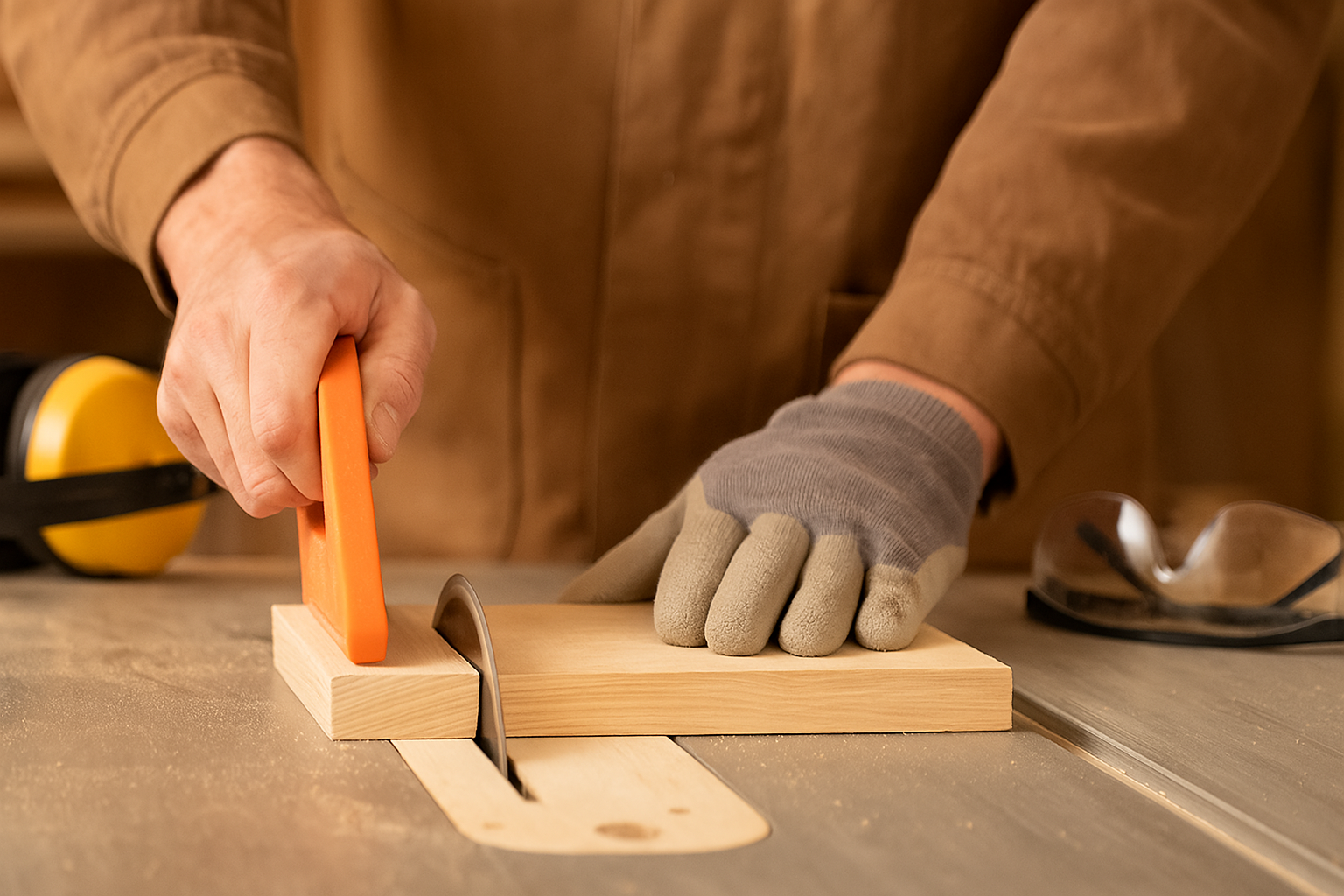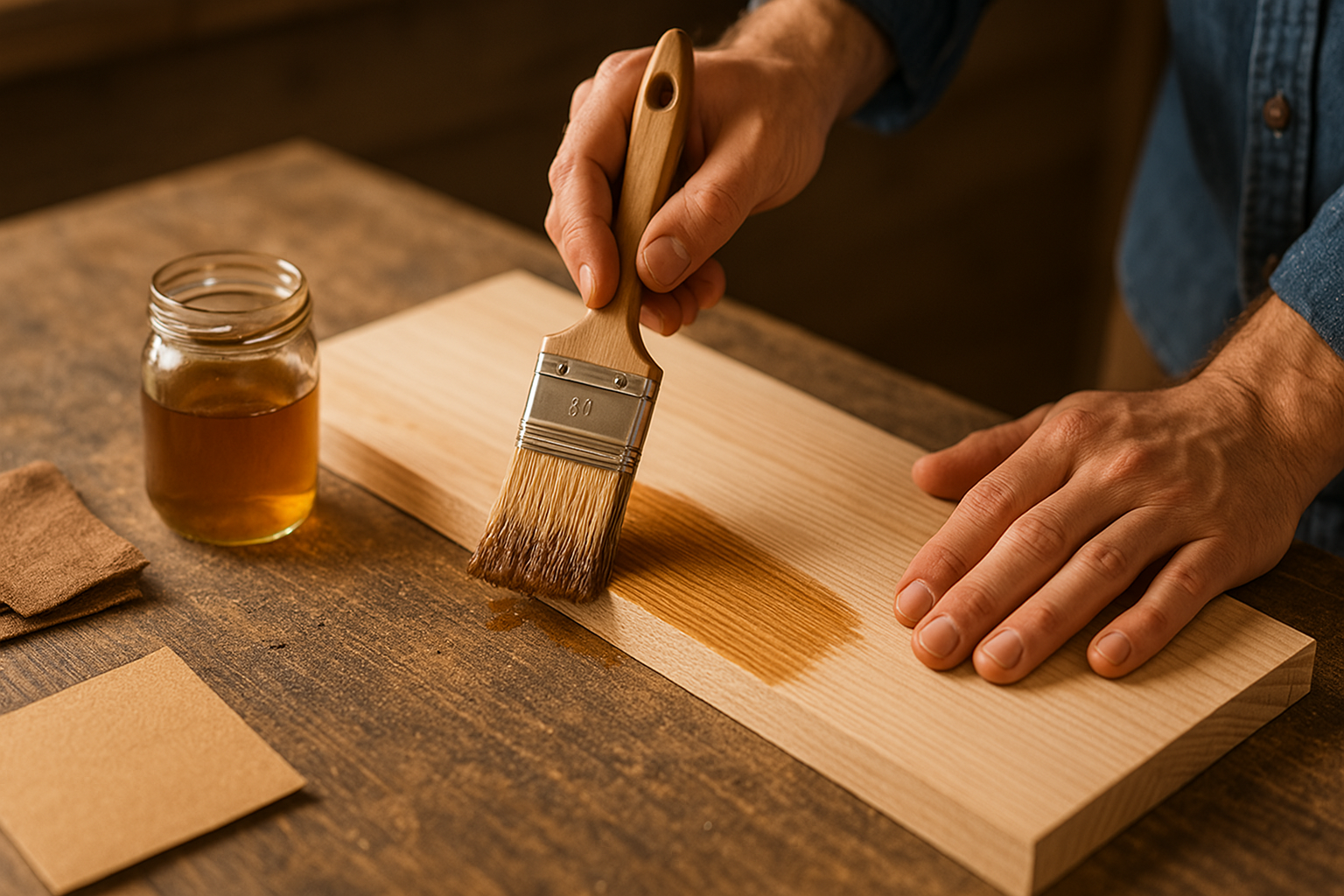Introduction to Woodworking Joinery Techniques
Woodworking joinery techniques are the backbone of strong, reliable construction. These time-tested methods have been developed and refined over centuries, ensuring that when you bring two or more pieces of wood together, they stay together firmly and attractively. When crafting wood furniture or building woodworking projects, using the right joint is essential for both durability and aesthetics. Whether you are assembling a small side table or constructing a full-sized cabinet, the choice of joinery directly influences how long your project will last and how well it will function under stress.
Why Wood Joinery Matters in Woodworking Projects
Using quality wood joinery in woodworking ensures your pieces are structurally sound and visually appealing. Good joints provide strength, ease of assembly, and enhance the overall construction. Whether you’re using glue, fasteners, or complex interlocking methods, choosing the right joint is vital for woodworking success. Beyond function, well-made joints showcase craftsmanship, elevate design, and provide peace of mind that your work won’t fall apart over time, even under repeated use or stress from movement or weight.
Tools Every Woodworker Needs for Joinery
Before you can master woodworking joints, it’s crucial to have the right tools. Woodworkers rely on chisels, saws, routers, and drills for crafting precise wood joints. Drilling tools help in creating holes for screws and fasteners, while hand tools and power tools improve efficiency and precision in shaping each joint. The accuracy of your joinery depends heavily on the sharpness and quality of your tools, making regular maintenance and the use of jigs essential for repeatable, clean results in any project.
Understanding Basic Woodworking Joints and Joinery
Starting with the basics, there are several essential woodworking joints that every beginner should learn. From simple butt joints to advanced dovetail joints, these construction techniques vary in complexity and strength. Understanding the purpose of each joint and when to use it is key to choosing the right method for your project. With this knowledge, woodworkers can avoid costly mistakes, reduce waste, and create stronger, more beautiful constructions tailored to the unique demands of each project.
Butt Joint: The Simplest Wood Joinery Technique
A butt joint is one of the most basic woodworking joints. It connects two wood pieces by butting them together at a right angle. While simple, butt joints lack strength without additional reinforcement. They are commonly secured using glue or screws for added stability. For projects where speed and simplicity are more important than long-term durability, butt joints offer a practical solution, although reinforcing them with dowels or brackets is recommended when possible.
Miter Joint: A Stylish Option for Wood Pieces
A miter joint involves cutting two wood pieces at an angle (usually 45 degrees) and joining them to form a corner. This method creates a clean look, especially in picture frames or boxes. Reinforcing a mitered joint with glue or fasteners improves its structural integrity. While the angle cut hides end grain for a neater appearance, the joint itself can be fragile under stress unless reinforced with splines, biscuits, or dowels to enhance holding strength.
Lap Joint: Overlapping Wood Pieces for Strength
The lap joint is a versatile option for woodworking projects. In this joint, one piece overlaps another, distributing stress evenly across the connection. There are variations like full lap joints and half lap joints, and they can be used in both visible and hidden applications. With generous glue surface and relatively easy cutting methods, lap joints are ideal for frame construction, partitions, and furniture elements where strength and simplicity are both valued.
Dado Joint: A Reliable Groove-Based Wood Joint
The dado joint is a groove cut across the grain of a wood piece that fits another piece snugly. It’s ideal for shelving, cabinetry, and other projects where vertical strength is crucial. Proper alignment and strong glue surface are critical for dado joints. These joints are frequently used in bookcases and storage units where heavy loads may rest on shelves, and ensuring tight fits minimizes shifting and maximizes structural integrity over time.
Rabbet Joint: Ideal for Edge Connections
A rabbet joint is a recess or groove cut along the edge of a wood piece to accommodate another. This joinery method is frequently used in case construction, such as drawers or cabinet backs, where it provides both alignment and strength. With proper gluing and occasional reinforcement using fasteners, rabbet joints offer a blend of simplicity and structural soundness, especially in projects requiring precise alignment and seamless backing.
Mortise and Tenon Joint: Traditional Strength in Wood Joinery
One of the oldest and most trusted woodworking joints is the mortise and tenon joint. It involves inserting a tenon (a tongue-like projection) into a mortise (a matching cavity). These joints are prized for their strength, especially in furniture construction. The tight mechanical fit and large glue surface provide lasting durability, making this technique a top choice for high-stress areas such as chair legs, table frames, and heavy wooden doors.
Bridle Joint: A Strong and Simple Joinery Option
The bridle joint is similar to the mortise and tenon but is fully open. It’s used for joining wood pieces at right angles and is effective in frames and furniture legs. The open design makes bridle joints easier to cut and fit, especially for beginners. This joint balances accessibility and strength, allowing for strong end grain to long grain connections without complex mortising or hidden components.
Box Joint: Great for Drawers and Decorative Projects
Box joints, also known as finger joints, are made by cutting matching rectangular fingers into two pieces of wood. This joint offers a lot of glue surface and creates a visually appealing pattern. It’s commonly used in box construction and drawer assembly. The interlocking design increases glue strength and distributes stress evenly, which prevents racking and warping, making them excellent for both aesthetic and functional builds.
Biscuit Joint: Invisible Strength for Edge Joints
A biscuit joint uses oval-shaped wooden pieces (biscuits) inserted into slots cut into the edges of wood pieces. Once glued, the biscuits swell and lock the joint in place. This method offers a fast and easy way to align and secure edge joints in tabletops and panels. While not meant for load-bearing joints, biscuit joinery offers simplicity and alignment assistance that is especially helpful in assembling large, flat surfaces quickly.
Pocket-Hole Joint: Quick and Strong Woodworking Joints
Pocket-hole joints involve drilling angled holes into one piece and connecting it with screws. This simple method provides strong mechanical fastening and is ideal for projects that require fast assembly. Pocket-hole joinery is especially useful for cabinets and face frames. With minimal tool investment and a short learning curve, this joint is popular among DIYers and professionals alike for its speed and strength in concealed joinery.
Tongue-and-Groove Joint: Classic Technique for Wood Paneling
Tongue-and-groove joints are created by cutting a tongue on one wood piece and a matching groove on the other. This allows for smooth alignment and a larger glue surface. Common in flooring and paneling, tongue-and-groove joints provide strength and expansion flexibility. Their interlocking nature supports tight, aligned seams across long stretches of surface, minimizing gaps due to expansion or contraction in different humidity conditions.
Finger Joint: Precise Interlocking for Long Wood Pieces
The finger joint (closely related to the box joint) uses interlocking fingers to connect two wood pieces. This joint is great for extending wood length and provides a good glue surface. It’s often used in molding, trim, and decorative construction. Precision is essential here, as clean cuts ensure proper glue distribution and minimize visible gaps, enhancing both strength and appearance in finished wood products.
Edge Joint: Aligning Wood Pieces for Smooth Surfaces
Edge joints involve joining two pieces of wood edge to edge, often using glue, biscuits, or dowels. These joints are essential for creating wide panels and tabletops. Precision is key for a seamless fit and strong bond. Properly clamped and glued edge joints appear nearly invisible in finished products, making them the go-to method for expanding work surfaces or creating continuous wood grain aesthetics.
Exploring Mitered Blind Dovetail Joints
A mitered blind dovetail joint combines the strength of dovetails with the clean edge of mitered corners. It’s a complex joint used in high-end woodworking projects where aesthetics and strength must coexist. Proper tools and precise measurement are required. This joint conceals the interlocking structure for a clean look while retaining the mechanical benefits of dovetails, making it ideal for fine cabinetry and heirloom-quality furniture.
Comparing Joinery Methods for Construction Ease
Each woodworking joint has its pros and cons. Factors like glue surface, assembly ease, and tool requirements influence the best choice. For example, butt joints offer simplicity, while mortise and tenon joints offer unmatched durability. Understanding these joinery methods will help you choose the right joint every time. When planning a project, consider not just the visual appeal but also the mechanical needs and longevity of the joints being used.
Woodworking Materials and Fasteners
The type of wood, glue, and fasteners used in woodworking joinery can affect the strength and longevity of joints. Hardwoods offer more strength, while softwoods are easier to shape. Screws, nails, and adhesives like PVA glue or epoxy add reinforcement to joints. Selecting the right combination of materials ensures that your joinery performs under various loads and conditions, especially for pieces that will be subject to frequent use or environmental stress.
Helping Woodworkers Choose the Right Woodworking Joint
Choosing the right woodworking joint depends on your project, tools, and experience level. Beginner woodworkers may start with basic butt joints, while advanced users can experiment with mortise and tenon joints or bridle joints. Practice, patience, and understanding joint mechanics are key to improving. Learning through both success and mistakes builds the foundation for craftsmanship and helps woodworkers evolve their techniques with confidence and precision.
Frequently Asked Questions About Wood Joinery
What is the strongest wood joint?
Mortise and tenon joints are among the strongest because they have a large glue surface and mechanical interlock. Their enduring popularity stems from their ability to bear heavy loads without loosening or deforming over time.
Can I use pocket-hole joints for furniture?
Yes, pocket-hole joints are great for furniture assembly due to their speed and strength. However, they are better for hidden joints. When used correctly with proper placement and glue, they provide strong support in less visible areas.
How do I prevent wood joints from failing?
Ensure proper glue coverage, use clamps, and allow adequate curing time. Reinforce with fasteners when needed. Avoiding moisture exposure and selecting compatible woods can also extend the life of your joints.
What’s the difference between a bridle joint and a mortise and tenon joint?
A bridle joint is fully open and easier to cut, while mortise and tenon joints offer more hidden strength. Each joint suits different structural needs and visibility preferences in finished pieces.
What glue should I use for wood joints?
PVA glue is standard for most joints, but epoxy is preferred for high-stress or outdoor applications. Choosing the right adhesive can make a significant difference in bond strength and project lifespan.
Conclusion: The Best Way to Master Wood Joinery
Mastering woodworking joinery methods is a journey that enhances your skills and improves the quality of your woodworking projects. From basic butt joints to intricate mitered blind dovetails, each joint has its place. Understanding your materials, tools, and options will help you choose the right joint for each piece. Practice, test your joints, and enjoy the satisfaction of seamless, sturdy construction. With each new build, your understanding deepens, making woodworking not just a task but a fulfilling, lifelong craft.






